Working out at home offers flexibility and convenience, but without the hands-on attention from an instructor, it’s easy to develop habits or form mistakes that can lead to injury.
Here are three ways you can prevent injuries while working out at home:
Too Much Too Soon
Ramping up your exercises too quickly is an easy way to get injured in a hurry. Of course you want to challenge yourself and continue to set new fitness goals, but you need to give your body time to adapt. For example, if your goal is to run 10km, you wouldn’t go out and immediately run 8km. Ideally you should slowly work your way up to that distance. If you don’t give your body time to adjust to a new stress, you risk injuries such as strains, tendonitis or fractures to name a few.
Tip: Follow the "10% Rule" — increase your activity (whether it’s distance, duration, or weight) by no more than 10% per week to safely build endurance and strength.
Poor Form
Fitness instructors or trainers often provide hands on adjustments or verbal cues to help their clients with their form. For example, performing a squat without the proper form can put a lot of stress on areas like your knees and low back. Proper form isn’t just about performance — it’s essential for injury prevention and ensuring the right muscles are activated to support the movement.
Tip: Record yourself doing exercises or use a mirror for visual feedback. If possible, schedule virtual check-ins with a physiotherapist, kinesiologist, or trainer to assess and correct your technique.
Mobility
At COAST we talk a lot about mobility, and that’s because it is so important for overall function, performance and injury prevention. The best way to improve mobility is by incorporating a proper warm up, cool down and mobility exercises into your training or fitness program.
Tip: Spend at least 5–10 minutes before and after every workout focusing on dynamic stretching, foam rolling, or gentle mobility drills to keep your joints moving freely.
Additional Tips to Stay Safe During Home Workouts:
Listen to Your Body:
Pushing through pain is not the same as pushing through fatigue. Sharp, sudden, or persistent pain is a warning sign — don’t ignore it. Modify the exercise, reduce the intensity, or stop if needed.
Create a Safe Workout Space:
Make sure the area where you train is free of clutter, has proper flooring (like a mat for impact exercises), and has enough room to move safely without restrictions.
Stay Consistent but Flexible:
Consistency builds progress, but flexibility in your approach ensures you can adjust your workout plan based on how your body feels on any given day.

